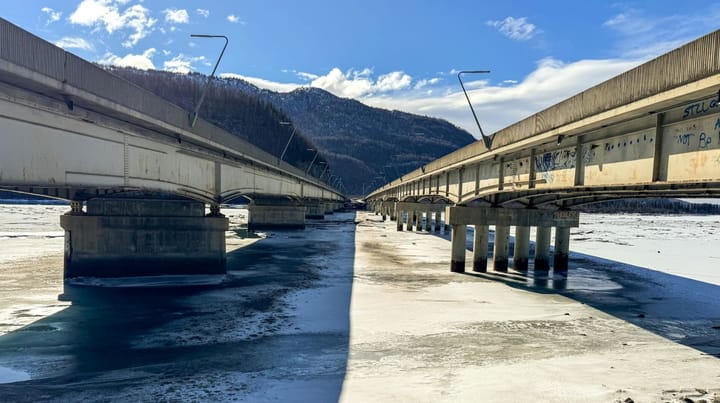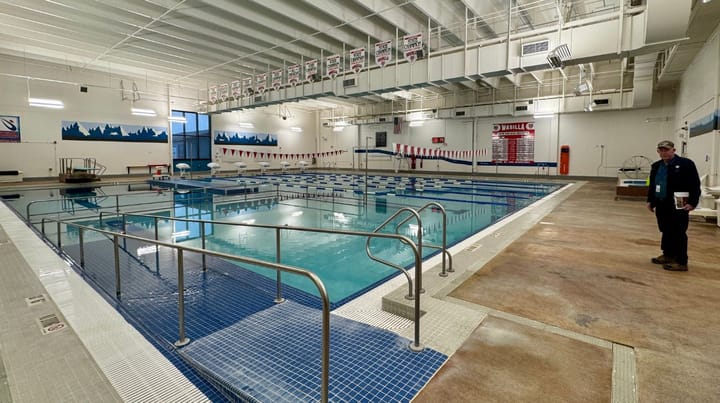New trapping ban looks to protect dogs near some Mat-Su trails
The new regulation bans most traps and snares near a series of 13 area trails.
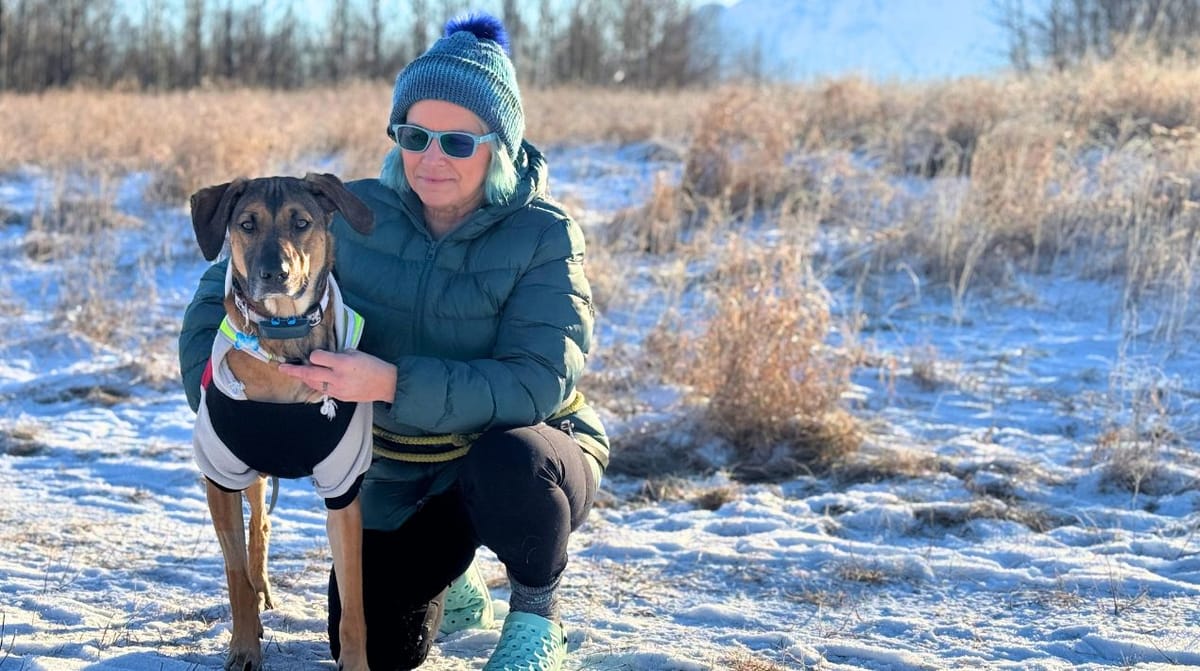
What you need to know:
- A new Alaska state regulation designed to prevent encounters between wild animal traps and dogs will prohibit most traps and snares within 50 yards of 13 popular state-managed trails in the Matanuska-Susitna Borough. The regulation will take effect later this year.
- The ban does not apply to certain traps that do not commonly injure dogs. Violators can face fines of up to $500 and potential forfeiture of their trapping equipment. Alaska State Wildlife Troopers will enforce the rule.
- The regulation was co-authored by the Alaska Trappers Association and the Alaska Wildlife Alliance—two groups historically at odds over trapping regulations.
PALMER — A new Alaska state game regulation will ban most traps and snares within 50 yards of certain popular state-managed trails in the Matanuska-Susitna Borough starting late this year.
The rule is intended to help trail users avoid encounters between their dogs and trap lines, according to officials with the Alaska Trappers Association and the Alaska Wildlife Alliance, which co-authored the regulation.
The measure was unanimously approved by the state Board of Game during its regular central and southwest region meeting last month. It will go into effect for the 2025-26 trapping season, which starts in late fall and runs through early spring.
Traps and snares set for animals such as wolves and marmots can seriously injure or kill dogs. Where and whether they should be allowed has long been a source of conflict between dog owners and trappers.
At least two dogs were seriously injured by traps in Mat-Su in January. They included Alaska reality TV star Marty Raney’s dog, who was caught in a trap intended for a wolf and placed off a subdivision near Hatcher Pass, Raney said in a social media post. His dog, Arkose, broke his teeth trying to chew the steel trap off his foot, Raney wrote. Raney declined a request for an interview about the incident.
Mat-Su Sentinel thanks its sponsors. Become one.
The new regulation applies to most types of traps along 13 popular Mat-Su trails used in winter for skiing, hiking, running and fat biking. The trails are:
- Talkeetna Lakes Park trail system (XYZ Lakes trails)
- Dorothy Jones Trail System at Susitna Valley High School
- Matanuska Lakes State Recreation Area (developed trails)
- Scout Ridge Loop (Knik-Fairview)
- Reflections Lake Trail (Knik River)
- Nelson Road (Palmer Hay Flats)
- Rabbit Slough Boat Launch Access Road (Palmer Hay Flats)
- Wasilla Creek Boardwalk (Palmer Hay Flats)
- Government Peak Recreation Area (developed trail in the southern development area)
- Independence Mine ski trails (Hatcher Pass)
- Gold Mint Trail to Mint Glacier (Hatcher Pass)
- Reed Lakes Trails to Lower Reed Lake (Hatcher Pass)
- Archangel Road to the gate (Hatcher Pass)
The ban does not apply to certain traps that experts say typically do not pose a danger to dogs, including those elevated at least three feet above the ground, commonly used for marten, those set underwater or under ice, or traps that are fully enclosed, according to the regulation.
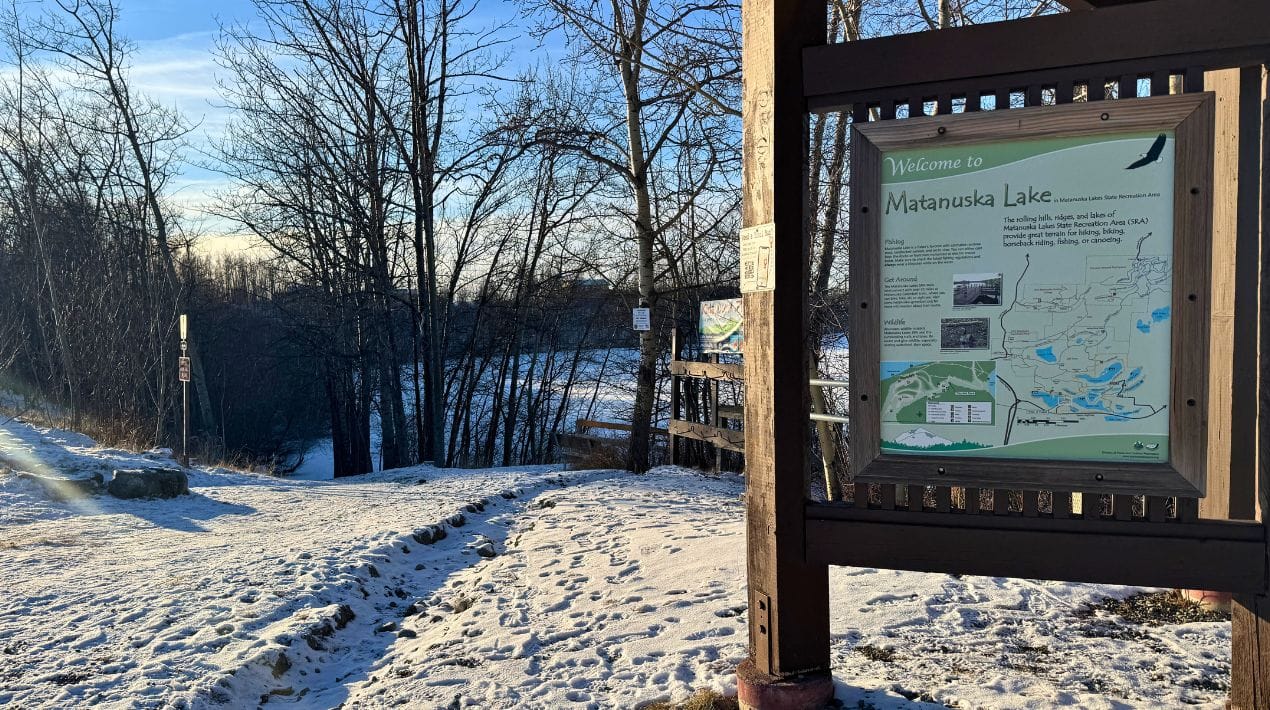
Alaska State Wildlife Troopers will enforce the regulation, with violators subject to fines of up to $500 under current rules, said Wildlife Trooper and Northern Detachment Commander Capt. Brent Johnson. Offenders could also be ordered to forfeit their equipment, he said.
About 28,000 state trapping licenses were issued in 2022, according to state data. It is illegal to disrupt trap lines.
There are no statewide rules governing where trappers can operate or requiring them to mark their traps. Local regulations vary by region. An online map created by the Wildlife Alliance allows users to document where they have encountered traps.
In Mat-Su, trapping is banned in certain borough parks and on school grounds under a law passed by the Assembly in 2017.
The cities of Anchorage, Kenai and Juneau also have their own trapping regulations. A Valdez city ordinance banning traps in certain parts of town was upheld by the Alaska Supreme Court in May. A lawsuit brought by the Alaska Trappers Association and the National Trappers Association argued that the rule violated the state constitution.
Dog leash requirements, which some trapping advocates say should be enforced instead of passing new regulations, vary by area and can include voice or electronic collars that allow animals to run free.
The new regulation was crafted by two organizations rarely seen on the same side of a trapping issues and brought together by what representatives said is a common value: protecting dogs. The Alaska Wildlife Alliance is an Anchorage-based conservation group, while the Alaska Trappers Association advocates for trapping and has previously opposed trapping regulations.
“Our objective is to keep dogs out of traps,” said Pete Buist, a Fairbanks-based spokesman for the Alaska Trappers Association who sat on the state game board under Gov. Frank Murkowski. “Quite frankly, from a political sense, it wouldn’t have made sense for us to oppose it just because we don’t want to give an inch. That’s not our objective.”
Wildlife Alliance officials sat down with Trappers Association members after a 2021 measure requesting 50-yard setbacks on a broad list of more than 200 Mat-Su trails was rejected, said Nicole Schmitt, the Alaska Wildlife Alliance’s executive director.
The working session was requested by the board and facilitated by now-former board member Lynn Keogh, Schmitt said.
Sign up for Mat-Su Sentinel
Get stories like this one straight to your inbox.
No spam, we promise. Unsubscribe anytime.
What she found during the meeting, she said, was a willingness from everyone to work together to protect family pets.
“When a dog gets trapped, it's it doesn't help anybody, right? And everyone sees it,” she said. “I think that there was a softening on both sides.”
Buist said the new rules will primarily impact inexperienced trappers or those who ignore standard practices, which include placing traps well off trails.
“We do our best to discourage trappers from utilizing areas that are just asking for trouble,” he said.
The heavily trafficked trails of the Jim Creek area in Butte are one such location, Buist said, but not named in the new regulations because the group couldn’t come to a consensus on which portions of the area to include.
A part of the state’s Knik River Public Use Area, the winding and deeply rutted multiuse trails have been the site of multiple dog and trap or snare encounters, as well as one reported incident in which a trap caught the wheel of a dirt bike, Schmitt said.
Last month, Mando, a 47-pound hound mix, was caught in a powerful conibear trap just feet off the trail less than a quarter-mile from the Jim Creek parking lot during a skijoring fat bike trip, said owner Shannon Hardwick.
Mando headed into the brush just off the trail after Jonhson unclipped him from the skijoring lead so she could navigate by foot around deep ice and water, she said. Moments later, she heard a loud snap and a yelp and immediately found Mando caught by the skull and ear.
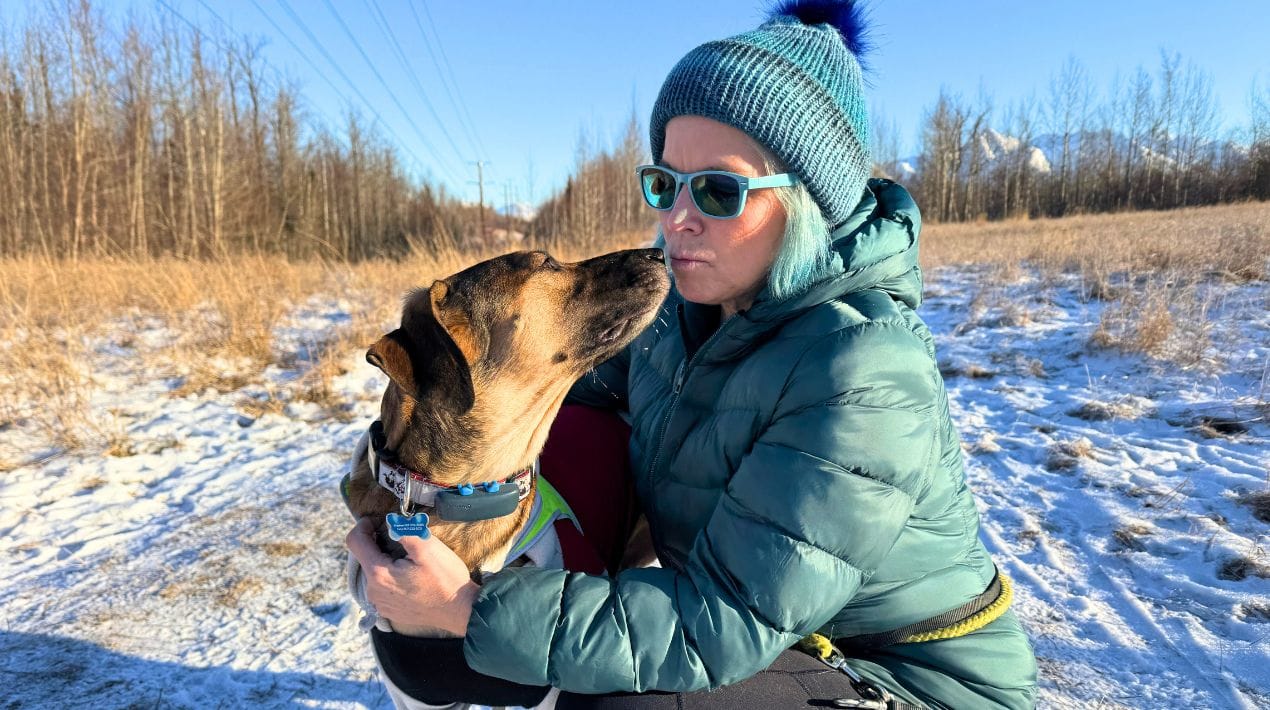
“He was screaming, and he was biting me, and after his adrenaline started to wear out, he just started whimpering,” she said. “It looked like he was dying right in front of my eyes.”
Conibear traps are designed to kill quickly through suffocation. Mando survived because his head was not fully in the trap, Hardwick said.
Hardwick sat with Mando for about 45 minutes while waiting for a friend to help her open the trap, she said. He was transported to an emergency veterinarian, where he was treated for neck and ear injuries. He is expected to make a full recovery, she said.
Hardwick said the new regulations are a start, but she believes trappers should be heavily fined, and lose their license if their sets injure pets or humans, regardless of where they are operating.
“Hit them where it hurts,” she said.
-- Contact Amy Bushatz at contact@matsusentinel.com





